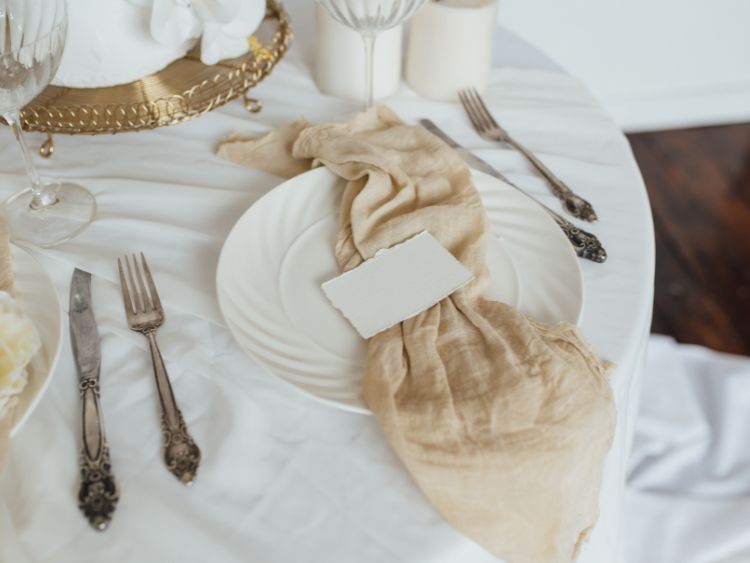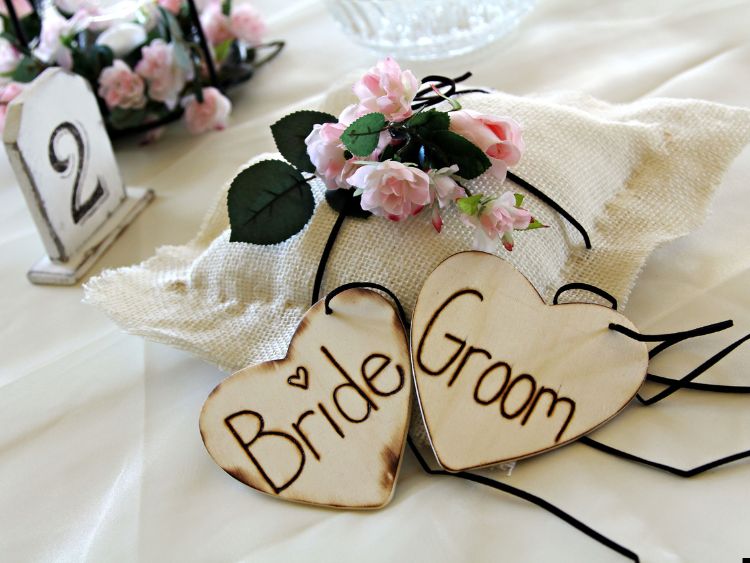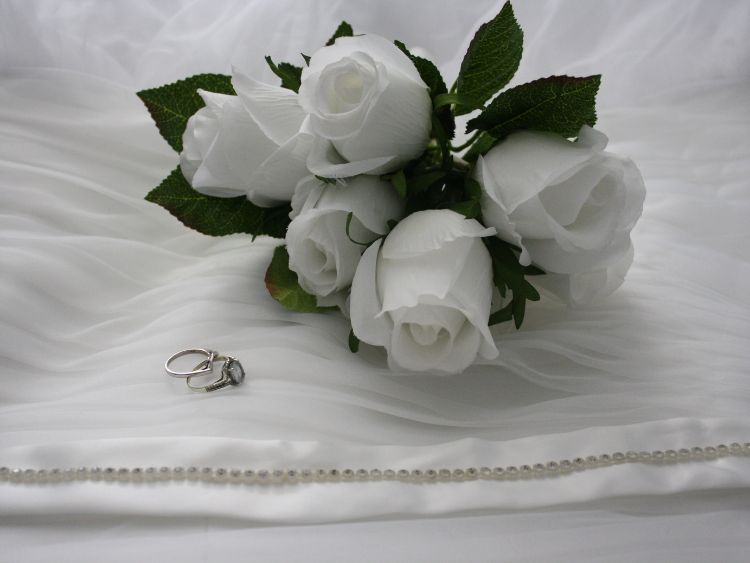Formal vs Black Tie: Understanding the Dress Codes for Special Events
When it comes to special events, understanding dress codes is crucial. Two terms often thrown around are “formal” and “black tie,” but what exactly do they mean? The distinction between these dress codes can be subtle yet significant, and knowing the difference can help you dress appropriately for any occasion. In this article, we’ll dive into the nuances of formal and black-tie attire, exploring their origins, typical outfits, and how to choose the right one for your next big event.
What Does “Formal” Really Mean?
The term “formal” is often used loosely to describe a variety of dress codes, but in the context of event attire, it carries specific connotations. Formal dress codes are generally reserved for events that are grand or important, such as weddings, galas, and high-profile dinners. The goal of formal attire is to convey elegance, sophistication, and respect for the occasion.
Typical Formal Attire for Men
For men, formal attire traditionally includes:
- A dark suit: Navy, charcoal, or black suits are the most appropriate for formal events. The suit should be well-tailored and made from high-quality materials.
- A dress shirt: Typically white or light-colored, paired with a tie or bow tie.
- Dress shoes: Polished, black leather shoes are standard, although other dark colors might be acceptable depending on the suit.
- Accessories: A pocket square, cufflinks, and a conservative watch can complete the look.
Typical Formal Attire for Women
For women, formal attire can be more varied but often includes:
- A cocktail dress or evening gown: The length and style depend on the event’s specific requirements, but a knee-length or longer dress is usually appropriate.
- Elegant shoes: High heels or dressy flats are standard, matching the dress in style and color.
- Accessories: Jewelry, a clutch bag, and a wrap or shawl for added elegance.
Black Tie: A Step Beyond Formal
“Black tie” is a step up from formal attire, reserved for events that are even more prestigious and exclusive. Black tie is synonymous with elegance and formality, often required for evening events such as balls, awards ceremonies, and upscale weddings. The key to black-tie attire is that it follows stricter guidelines than general formal wear, leaving less room for personal interpretation.
Black Tie Attire for Men
Men have a relatively straightforward guideline when it comes to black-tie attire:
- Tuxedo: A black or midnight blue tuxedo is the cornerstone of black-tie attire. The jacket usually features satin lapels, and the trousers have a satin stripe down the side.
- Formal white shirt: This shirt should have a pleated front and a wing or turndown collar, paired with cufflinks.
- Black bow tie: A silk or satin black bow tie is a must.
- Dress shoes: Patent leather shoes or highly polished black Oxfords complete the look.
- Optional accessories: A cummerbund or waistcoat, and possibly a formal watch, although many opt for no watch at all.
Black Tie Attire for Women
For women, black-tie events call for more elaborate attire:
- Evening gown: Long dresses are the norm, though a very formal cocktail dress might be acceptable in some cases.
- Dressy heels: High heels are typical, though formal flats can be suitable for comfort.
- Jewelry: More ornate jewelry is encouraged, such as diamonds or pearls, to complement the gown.
- Clutch bag: A small, elegant clutch is the perfect accessory to carry essentials without detracting from the outfit.
How Do You Choose Between Formal and Black Tie?
Choosing between formal and black-tie attire often depends on the specific event, the venue, and the time of day. Here are some tips to help you decide:
Consider the Event’s Significance
- Weddings: The formality of weddings can vary widely. A traditional evening wedding might call for black-tie attire, while a daytime ceremony may only require formal wear.
- Gala dinners and charity balls: These events often specify black-tie attire due to their prestigious nature.
- Corporate events: For awards nights or holiday parties, formal wear is usually appropriate unless black tie is explicitly requested.
Venue and Timing
- Evening events: Black-tie is almost always reserved for evening events, starting after 6 PM.
- Daytime events: Formal attire is more flexible and can be adjusted based on the time of day, but black-tie is generally not appropriate.
Invitations and Clues
- Invitation wording: Pay close attention to how the invitation is worded. If it says “black tie,” there’s no room for interpretation—tuxedos and evening gowns are a must.
- Event details: Consider the event’s location and other details. An event at a five-star hotel or a historic estate may lean toward black-tie, while a garden or beach setting might be more relaxed.
The Evolution of Dress Codes
The distinction between formal and black-tie attire has evolved over time, influenced by cultural shifts and changing social norms. Originally, “black tie” was considered less formal than “white tie,” which is now a rarity outside of royal or state events. Similarly, what constitutes “formal” has broadened, with some modern interpretations allowing for more creativity and individuality while still respecting the occasion’s dignity.
A Brief History of Black Tie
The black-tie dress code dates back to the 19th century when it was introduced as a less formal alternative to the white-tie dress code. Its origins can be traced to England, where it was adopted by the upper class for less formal dinners. The tuxedo, named after Tuxedo Park in New York, became a popular choice among American elites in the early 20th century. Over time, black tie has become the gold standard for evening events, symbolizing sophistication and exclusivity.
The Modern Interpretation of Formal Attire
Today’s formal attire is more inclusive and adaptable than ever before. While the classic dark suit remains a staple for men, variations like lighter suits or even dressy separates can be seen at some formal events, especially in warmer climates. For women, the range of acceptable formal attire has expanded significantly, offering options that suit different body types, personal styles, and cultural backgrounds.
FAQs About Formal vs Black Tie
Q: Can I wear a black suit to a black-tie event? A: No, a black suit is not a substitute for a tuxedo at a black-tie event. A tuxedo has distinct features like satin lapels and a specific cut that differentiates it from a regular suit.
Q: Is it ever appropriate to wear a long gown to a formal event? A: Yes, a long gown can be appropriate for formal events, especially in the evening. However, for daytime formal events, a knee-length dress or cocktail dress may be more suitable.
Q: What if I don’t own a tuxedo? A: If you don’t own a tuxedo and are invited to a black-tie event, consider renting one. Many formalwear shops offer tuxedo rentals that include all necessary accessories.
Q: Can women wear pants to a black-tie event? A: Yes, women can wear pants to a black-tie event if they opt for a formal pantsuit made from luxurious fabric. The outfit should be styled with elegant accessories to maintain the formality of the occasion.
Q: How can I make my formal attire more unique? A: You can add a personal touch to your formal attire through accessories. For men, this might include a unique tie, pocket square, or cufflinks. For women, consider statement jewelry, a bold clutch, or stylish shoes.
Conclusion
Understanding the difference between formal and black-tie attire is key to dressing appropriately for special events. While both dress codes require a high level of sophistication, black tie takes it a notch higher with stricter guidelines and a focus on evening elegance. By choosing the right attire, you not only show respect for the event but also ensure you feel confident and look your best. Whether it’s a formal wedding, a black-tie gala, or any other significant event, knowing these dress codes will help you navigate the world of high society with ease.



